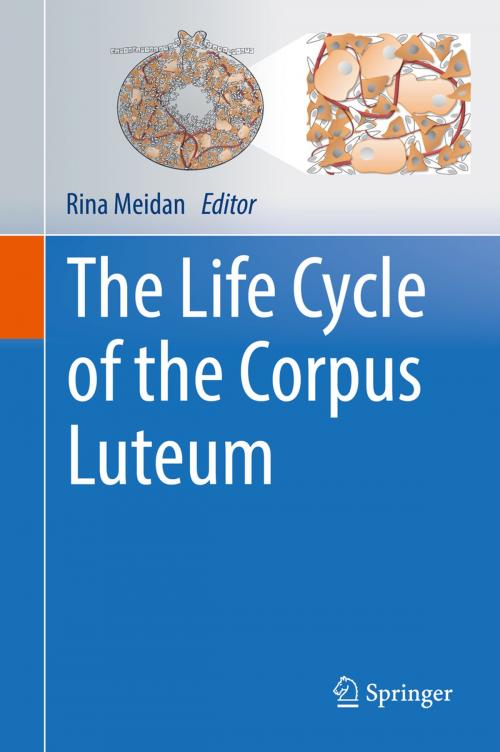The Life Cycle of the Corpus Luteum
Nonfiction, Health & Well Being, Health, Ailments & Diseases, Genetic, Medical, Specialties, Internal Medicine, Endocrinology & Metabolism| Author: | ISBN: | 9783319432380 | |
| Publisher: | Springer International Publishing | Publication: | November 2, 2016 |
| Imprint: | Springer | Language: | English |
| Author: | |
| ISBN: | 9783319432380 |
| Publisher: | Springer International Publishing |
| Publication: | November 2, 2016 |
| Imprint: | Springer |
| Language: | English |
This book describes the life cycle of a unique endocrine gland that is absolutely essential for the establishment and maintenance of pregnancy in all mammalian species. The corpus luteum is unique because it is formed and destroyed every (non-fertile) reproductive cycle. When fertilization occurs, the corpus luteum is rescued or maintained. The processes that control corpus luteum formation, demise (luteolysis), or maintenance are just beginning to be unraveled in recent years; they involve diverse cell types and mechanisms. Some of these processes resemble tumor development—angiogenesis, for instance—but interestingly enough, this resemblance is only up to a point. The corpus luteum uses mechanisms that allow its normal, physiological growth and disappearance. Pulling together key research on the corpus luteum, this volume is of interest to both reproductive endocrinologists and comparative physiologists, with clinical relevance spanning comparative animal studies to women's health.
This book describes the life cycle of a unique endocrine gland that is absolutely essential for the establishment and maintenance of pregnancy in all mammalian species. The corpus luteum is unique because it is formed and destroyed every (non-fertile) reproductive cycle. When fertilization occurs, the corpus luteum is rescued or maintained. The processes that control corpus luteum formation, demise (luteolysis), or maintenance are just beginning to be unraveled in recent years; they involve diverse cell types and mechanisms. Some of these processes resemble tumor development—angiogenesis, for instance—but interestingly enough, this resemblance is only up to a point. The corpus luteum uses mechanisms that allow its normal, physiological growth and disappearance. Pulling together key research on the corpus luteum, this volume is of interest to both reproductive endocrinologists and comparative physiologists, with clinical relevance spanning comparative animal studies to women's health.















